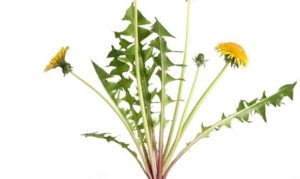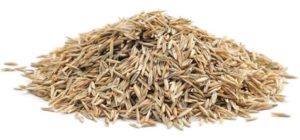Aeration and over-seeding are two effective methods to minimize weeds and thicken your turf. Every Nebraska lawn should be aerated at least once a year. For best results we recommend aerating and over-seeding in the fall.
Why is fall the best time to aerate and over-seed?
Aeration prepares soil for over-seeding and over-seeding proves to be more successful in the fall for two reasons:
 – In the spring, your soil is full of dormant weeds ready to grow. Unfortunately, annual weeds usually win the race for growing space when competing against grass seed. Luckily, in the fall, the competition against weeds is less fierce.
– In the spring, your soil is full of dormant weeds ready to grow. Unfortunately, annual weeds usually win the race for growing space when competing against grass seed. Luckily, in the fall, the competition against weeds is less fierce.
– Fall typically provides an extended period of cooler weather. The cooler weather helps grass seeds retain moisture. The combination of cooler weather and warm soil also provides an ideal growing condition for newly-planted seeds.
What are the benefits of aeration?

– Aeration reduces the thatch layer. Thatch is a layer of dead turfgrass tissue produced when organic debris produces faster than it can be broken down. Having some thatch in your turf is normal and beneficial. However, a thatch layer more than half an inch will be made home to insect pests and diseases.
– Aeration relieves compaction caused by day-to-day use. Compacted soil is more prone to poor water infiltration, shallow roots and poor turf quality.
– Aeration helps roots grow deeper creating a thicker, more drought resistant lawn. Grass roots need air, water and nutrients. Deprivation of these basis needs causes grass to struggle in stressful situations such as a prolong period of hot, dry heat or drought.
– Holes created by aerating increases soil contact for seeds, which means a higher germination rate and a thicker, healthier lawn.
What are the benefits of over-seeding?
 – A lawn that is never over-seeded will grow old. If a lawn is consistently mowed, the grass plant will not be able to re-seed. Eventually, the unseeded, aged lawn will have trouble fighting against weeds, disease, fungus, insects and drought.
– A lawn that is never over-seeded will grow old. If a lawn is consistently mowed, the grass plant will not be able to re-seed. Eventually, the unseeded, aged lawn will have trouble fighting against weeds, disease, fungus, insects and drought.
– Over-seeding creates a thicker lawn. Thicker lawns provide little space for weed growth and are more resistant to diseases.